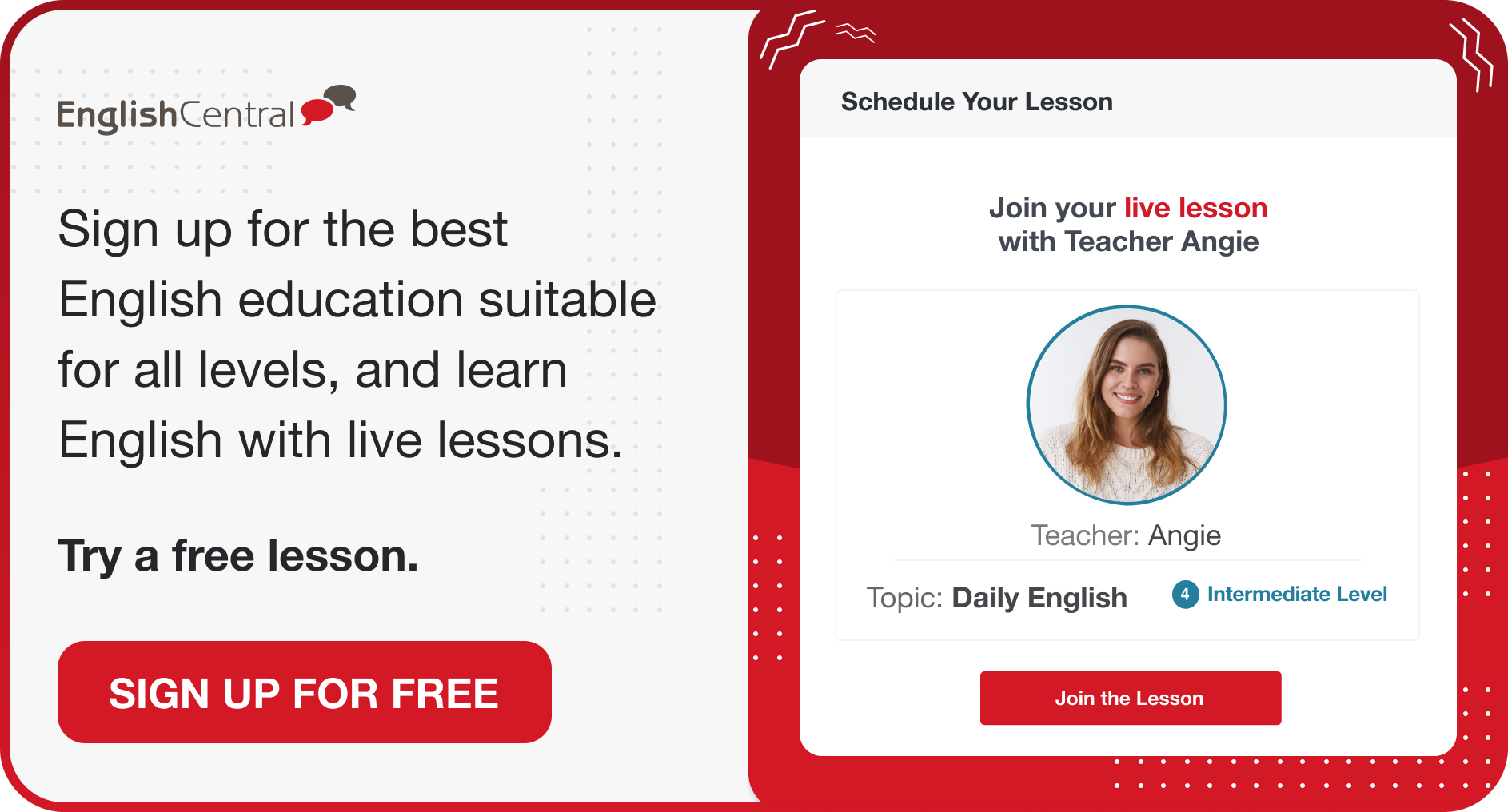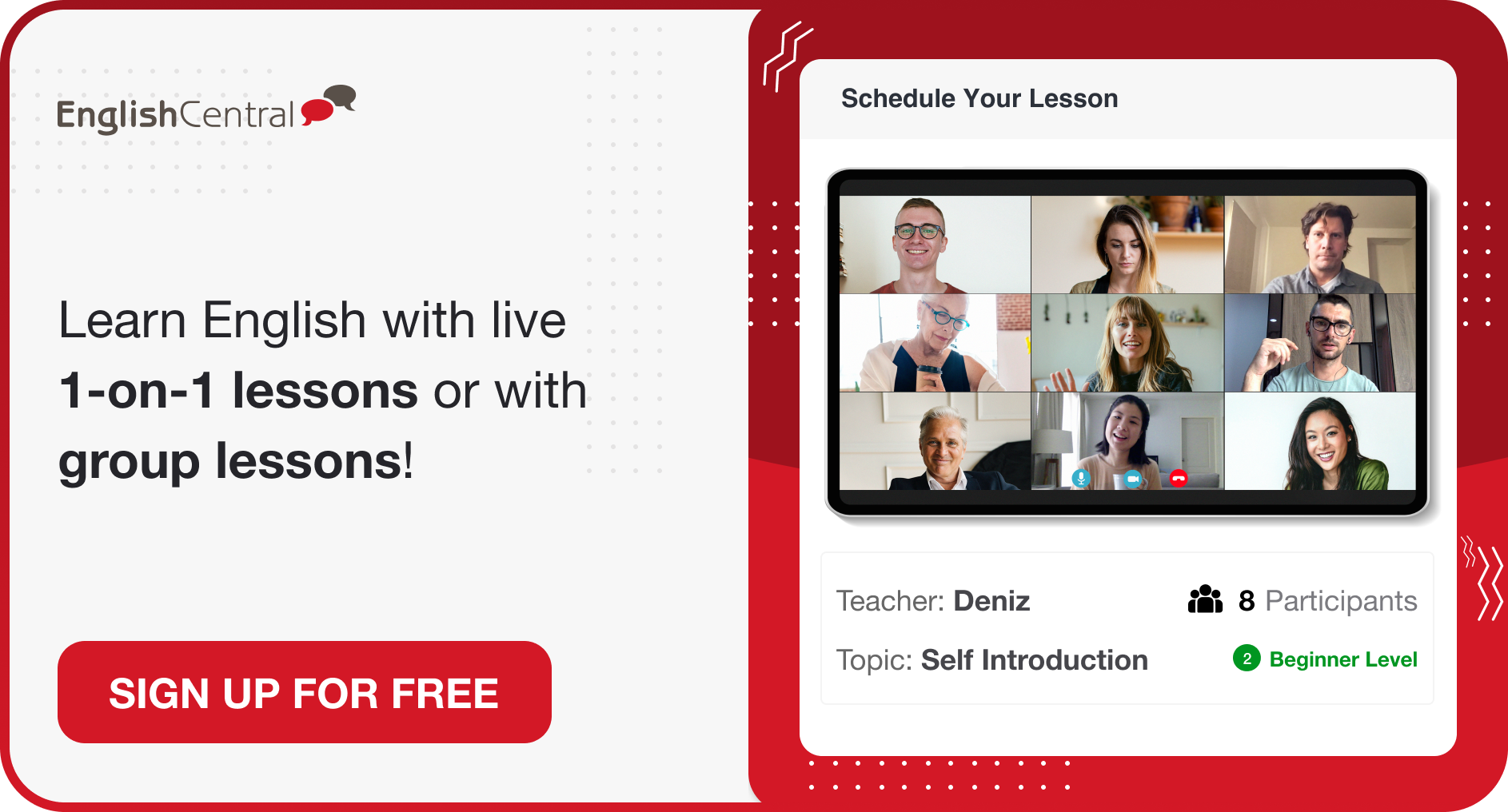Writing a biography is the process of documenting a person’s life journey, experiences, and impact. It involves a detailed exploration of their personal and professional history, motivations, and character. A well written biography can provide valuable insights into the subject’s life, their contributions to society, and the histories, but they can also be written about people who have had a significant impact on the author’s life or on the lives of others. You can continue reading our article to learn how to write a biography and what it is.
What Is a Biography?
A biography is a written account of a person’s life. It can be long or short, and it can focus on any aspect of the person’s life, from their personal relationships to their professional achievements. Biographies are often written about famous individuals, historical figures, or people who have made significant contributions to society. They serve to provide insights into the person’s character, experiences, and impact on the world.
What Is the Purpose of a Biography?
Biographies can serve a variety of purposes. They can educate readers about the lives of important people, inspire them to follow their dreams, or simply entertain them with a fascinating story. Biographies can also be used to teach readers about different cultures, time periods, and historical events.
What Are the Main Features of a Biography?
A good biography should include the following elements:
Accuracy: The biography should be based on factual information and should be well-researched.
Completeness: The biography should provide a well-rounded overview of the person’s life, including their strengths and weaknesses, their successes and failures, and their personal and professional relationships.
Objectivity: The biography should be written in an objective and unbiased manner. The author should avoid expressing their personal opinions or beliefs about the subject.
Engagement: The biography should be written in an engaging and interesting way. The author should use vivid language and storytelling techniques to capture the reader’s attention.
Types of Biographies
There are many different types of biographies, including:
Traditional biographies: These biographies cover the entire life of the subject, from their birth to their death. “Steve Jobs” by Walter Isaacson is a traditional biography that covers the entire life of Apple co-founder Steve Jobs, from his birth to his death. It explores his personal life, career, and the impact he had on the technology industry.
Thematic biographies: These biographies focus on a specific aspect of the subject’s life, such as their career, their personal relationships, or their political beliefs. “The Rise of Theodore Roosevelt” by Edmund Morris focuses on a specific aspect of Theodore Roosevelt’s life, namely his early political career and rise to the presidency.
Autobiographies: These biographies are written by the subject themselves. “The Autobiography of Malcolm X” by Malcolm X and Alex Haley written by Malcolm X himself. It offers insights into his personal journey, activism, and transformation.
Authorized biographies: These biographies are written by someone who has the subject’s permission to do so. “My Life” by Bill Clinton is an authorized biography of former U.S. President Bill Clinton was written with his cooperation and permission, providing an in-depth look at his life and political career.
Unauthorized biographies: These biographies are written without the subject’s permission. “The Many Lives of Marilyn Monroe” by Sarah Churchwell. This biography was written without Marilyn Monroe’s permission and delves into her life, career, and the complexities surrounding her public image.
8 Tips on How to Write a Biography
Choose a subject that you are interested in and passionate about: When selecting a subject for your biography, opt for someone or something that genuinely piques your curiosity and passion. This is important because writing a biography is a long process.
Obtain permission if writing an authorized biography: If you plan to write an authorized biography, which is a biography written with the subject’s permission, it’s essential to secure their consent. This typically involves a formal agreement or understanding with their subject or their representatives. Without permission, you may face legal and ethical issues.
Do your research: Research is the foundation of a well crafted biography. Delve into a wide range of sources, including books, articles, interviews and personal correspondence related to the subject. The goal is to gather as much information as possible to verify facts and details about the subject’s life.
Develop a thesis statement: This is a brief statement that summarizes the main point of your biography. It should summarize what you want to convey about the subject’s life and why it’s important or interesting.
Create an outline: This will help you to organize your thoughts and ensure that your biography is well-structured. Your outline should include key events, milestones and the sequence in which you will present them. This can help prevent you from getting lost in the wealth of information you have gathered.
Write in a clear and concise style: Avoid using jargon or overly complicated sentences. Instead, aim for a writing style that is straightforward and easy to understand.
Use vivid language and storytelling techniques: Bring your subject’s life to life for the reader. Use descriptive language to paint a vivid picture of the subject’s experience and the historical context.
Proofread carefully: Make sure to check for any errors in grammar, spelling, or punctuation. The errors can distract the reader and the quality of your writing.
20 Famous Examples of Biographies
Here are some famous examples of biographies:
Steve Jobs by Walter Isaacson
Alexander Hamilton by Ron Chernow
The Autobiography of Benjamin Franklin by Benjamin Franklin
I Know Why the Caged Bird Sings by Maya Angelou
Long Walk to Freedom by Nelson Mandela
Barracoon: The Story of the Last “Black Cargo” by Zora Neale Hurston
Churchill: A Life by Martin Gilbert
Frida: A Biography of Frida Kahlo by Hayden Herrera
Napoleon: A Life by Andrew Roberts
Will in the World: How Shakespeare Became Shakespeare by Stephen Greenblatt
Einstein: His Life and Universe by Walter Isaacson
The Diary of a Young Girl by Anne Frank
A Beautiful Mind by Sylvia Nasar
Unbroken: A World War II Story of Survival, Resilience, and Redemption by Laura Hillenbrand
The Wright Brothers by David McCullough
The Immortal Life of Henrietta Lacks by Rebecca Skloot
Mao: The Unknown Story by Jung Chang and Jon Halliday
The Snowball: Warren Buffett and the Business of Life by Alice Schroeder
The Life of Charlotte Brontë by Elizabeth Gaskell
The Last Lion: Winston Spencer Churchill by William Manchester and Paul Reid
Frequently Asked Questions About How to Write Biography in English
What is a biography?
A well-written biography can provide valuable insights into the subject’s life, their contributions to society, and the historical context in which they lived.
What is the difference between a biography and an autobiography?
A biography is written by someone about another person’s life. An autobiography is written by someone about their own life.
What is the difference between a biography and a historical fiction?
A biography is an accurate account of a person’s life. Historical fiction is a fictional story set in a historical time period.
What are some famous examples of biography?
Steve Jobs by Walter Isaacson
I Know Why the Caged Bird Sings by Maya Angelou
Napoleon: A Life by Andrew Roberts
Long Walk to Freedom by Nelson Mandela
Would you like to put what you have learned into practice? You can access everything you need to learn English on a single platform! With 25-minute one-on-one live English lessons, 40-minute group lessons, more than 30,000 interactive videos, vocabulary learning tools, AI-supported tutor MiMi, quizzes, and interactive activities, EnglishCentral offers its users a personalized and quality education plan at an affordable price. How about registering for EnglishCentral now and starting to learn English?











